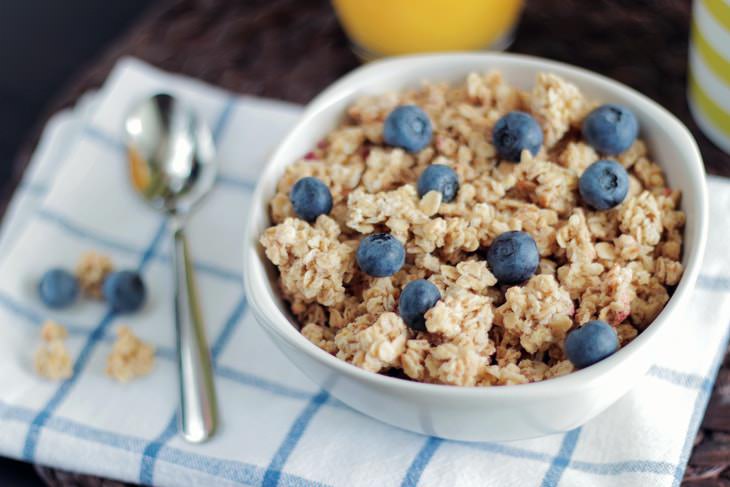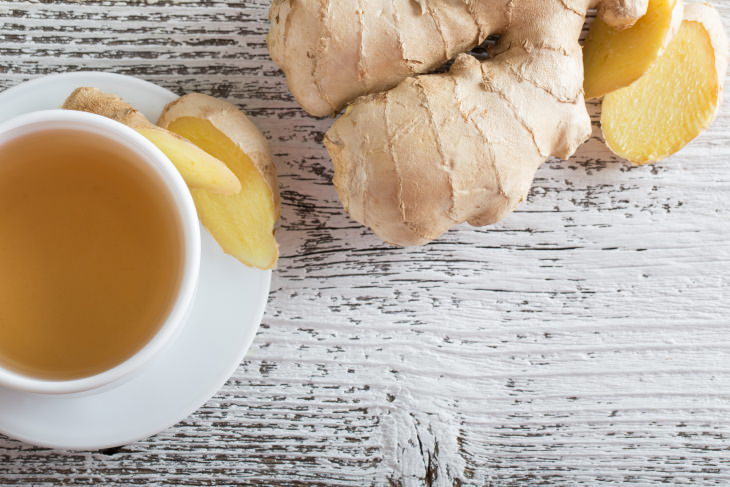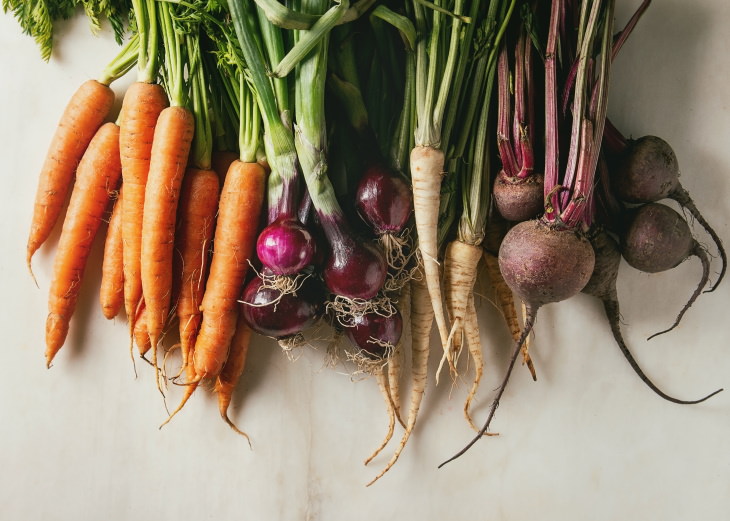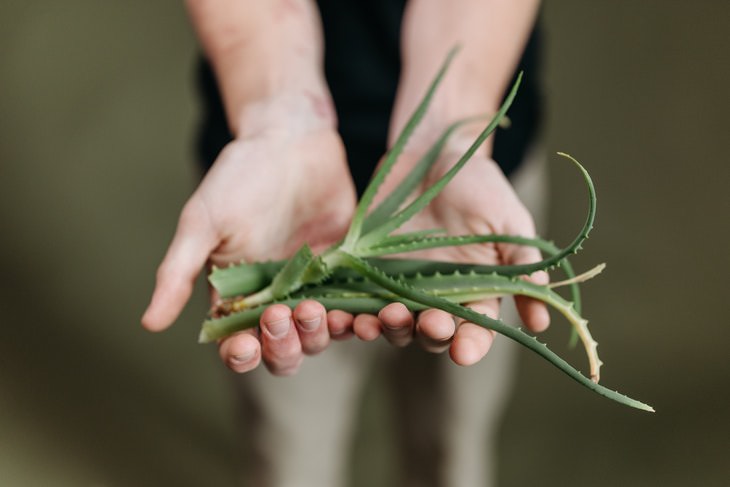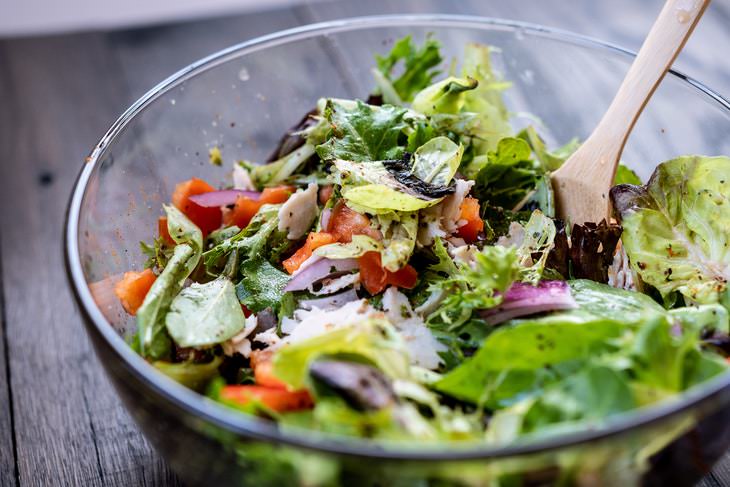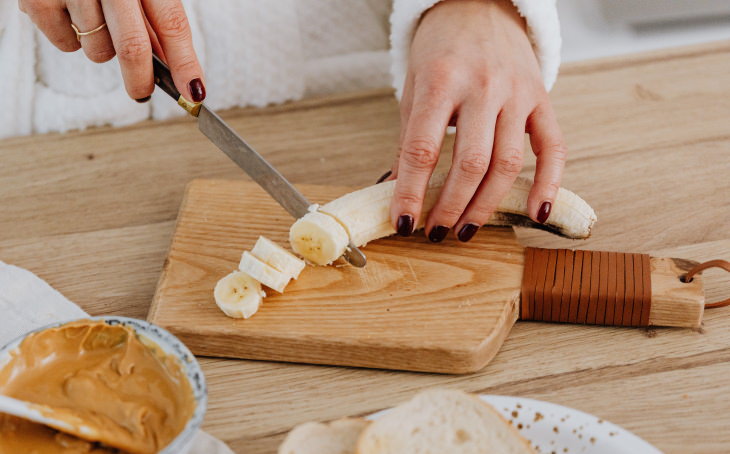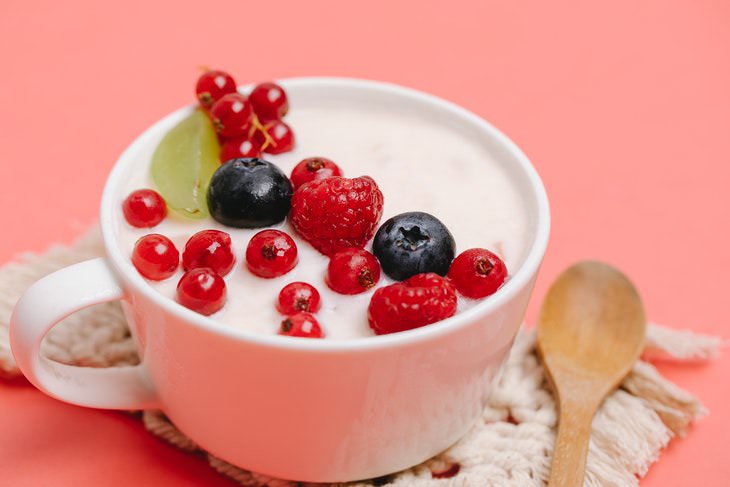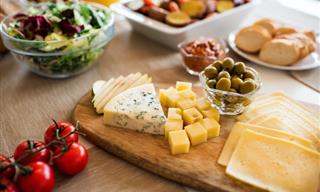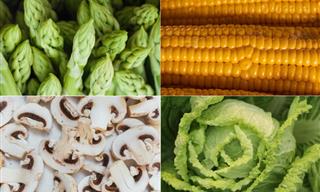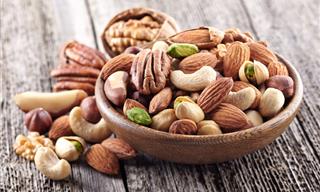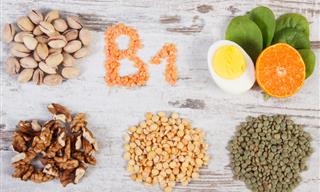What is acid reflux?
Gastroesophageal Reflux Disease (GERD), commonly known as acid reflux, is a health condition that occurs when stomach acids spill out upwards into the esophagus, which is the pipe that leads food from your throat to the stomach. Between the esophagus and the stomach, there is a “valve” called the lower esophageal sphincter, which tightens and relaxes to let food into the stomach but prevents stomach acid from splashing out.
When this sphincter malfunctions, you get acid reflux. Unlike the stomach, the esophagus doesn’t have the membrane protecting it from stomach acid, and the lining of the esophagus becomes damaged, causing burning pain in the chest and throat known as heartburn.
Even though GERD isn’t considered a life-threatening condition, it could lead to complications and should be addressed by your doctor. Late snacks and meals, alcohol as well as excessively acidic, fatty, or spicy foods are known to aggravate GERD and should be avoided. Other foods can help reduce the symptoms of acid reflux and speed up recovery.
What should you eat when you experience acid reflux?
1. Chamomile tea
When you’re dealing with heartburn and acid reflux, it’s super important to stay hydrated because water can dilute the stomach acid and reduce your symptoms. Herbal teas like chamomile tea are an excellent option since they combine hydration with soothing and antimicrobial properties.
Chamomile tea is made from dried chamomile flowers brewed in hot water, and it has a long history of alleviating digestive issues like indigestion, bloating, nausea, and ulcers in traditional medicine. This herb has a soothing effect, so it will be able to bring relief to that burning sensation you experience with acid reflux.
Chamomile tea has a pleasant, slightly sweet aroma and taste, and it can be easily prepared by brewing 1 tablespoon of dried chamomile in 1 cup (240 ml) of hot water for 10 minutes.
2. Oatmeal
Fried and fatty foods are a common trigger for acid reflux and heartburn. When your symptoms are worse, it’s advised to stay away from them, so fried eggs, melted cheese toast, and even peanut butter and jelly sandwiches are off the table. What should you have for breakfast, then? Oatmeal is definitely an option to consider, and here’s why.
First and foremost, whole grains like oatmeal are easy to digest and don’t increase the acidity in your stomach. In fact, oatmeal can help absorb some of the stomach acids, so it may actually improve your symptoms. Oatmeal is also high in fiber and keeps you full for a long time, which will decrease your risk of heartburn by making you less likely to overeat.
Just make sure to opt for less processed oatmeal varieties, such as oat groats, steel-cut oats, or rolled oats; quick oats are much lower in fiber and are a lot less beneficial for your health. Not a fan of oatmeal? Other whole grains, like brown rice, quinoa, and even whole-grain bread have similar properties and reduce your risk of acid reflux as well.
3. Ginger tea
When it comes to an upset stomach, very few natural ingredients can beat ginger. Why is ginger beneficial for heartburn specifically?
First and foremost, ginger is alkaline, so it will be able to lower stomach acidity. Second, ginger has ample anti-inflammatory benefits, so a few sips of ginger tea will help relieve irritation and inflammation in the stomach and esophagus. Last but not least, ginger has the proven benefit of reducing nausea, so if your stomach is feeling especially vulnerable, brew some strong ginger tea.
If you’re using dried ginger, add ¼ - ½ teaspoon of the powder to prepare 1 cup of ginger tea. Steep the hot water and ginger mixture for 5 minutes. If you’re working with fresh ginger, 1 tablespoon of the finely-sliced root should be enough to make 1 cup of ginger tea, but keep in mind that fresh ginger takes longer to brew - around 10 minutes.
Note that you shouldn’t add lemon to your tea if you’re experiencing heartburn; lemon is very acidic and will exacerbate your symptoms.
4. Root vegetables
Fibrous veggies as a side dish are also great for reducing and preventing heartburn and acid reflux. Root vegetables like potatoes, carrots, sweet potatoes, beets, and parsnips are extra filling and full of flavor, which will make your meal more satisfying and keep you from overeating and adding too much fat to your foods.
Other high-fiber veggies to consider are asparagus, green beans, and broccoli.
One last note regarding the preparation: avoid using too much oil when cooking vegetables if you’re experiencing heartburn. Instead of french fries or mashed potatoes with tons of heavy cream or butter, for example, opt for oven-baked or boiled potatoes. Oven-baking a selection of vegetables from the list above makes a delicious and healthy side dish for practically any meal.
5. Aloe vera
We don’t typically think of aloe vera as something you could take internally. But chances are, you’ve applied an aloe leaf cut in half on a burn and observed its instant calming effect on the skin. Believe it or not, aloe vera juice has an identical soothing effect for heartburn when you drink it.
Even though aloe vera juice is widely available in stores, you can also prepare your own to instantly soothe symptoms of acid reflux if you have an aloe vera plant at home. Here’s how:
1. Start by cutting off a few of the outer leaves of the plant (they’re the oldest and have the highest concentration of antioxidants).
2. Peel the leaf, leaving only the gelatinous part.
3. Rinse the leaf to remove the bitterness.
4. Blend with 1 tablespoon of water or strain through a sieve or clean cloth.
5. Dilute in the following proportions before drinking: 1 teaspoon of aloe vera juice to 1 glass of water.
You can also add 1 teaspoon of the aloe vera juice to smoothies. Keep the juice sealed and refrigerated for up to 3-4 days.
6. Lean meat and fish
Do fatty foods like steak, meatballs, hamburgers, bacon, sausage, or ham exacerbate your heartburn? This is a common concern and one that can make it tough for people to consume enough proteins when their acid reflux is flaring up. If that speaks to you, consider switching to seafood and lean cuts of meat or poultry, such as chicken breast, turkey without the skin, fish, or eggs at least temporarily.
Keep in mind, however, that the method of preparation also counts. Grilling, baking, and broiling are superior choices to frying or pan-frying because they use much less cooking oil.
7. Salad greens
A fresh salad full of greens, celery, asparagus, cucumbers, nuts, and avocados is a great way to keep acid reflux symptoms at bay because it combines fiber, antioxidants, and healthy fats, all in a neat package. A 2017 study showed that participants who follow a plant-based diet loaded with such fresh produce experience acid reflux much less than the rest of the population.
Just skip the tomatoes, onions, garlic, lemon juice, vinegar, or high-fat salad dressings, as all of these ingredients can make your heartburn worse.
8. Fennel
Certain foods can neutralize stomach acids. All foods fall somewhere on the pH scale, which is a scale of how acidic or basic any substance is. The range comes from 0 (very acidic) to 14 (very alkaline), with pure water being in the middle of the pH scale at 7. On one hand, foods that are more on the acidic spectrum are more likely to cause reflux. Alkaline foods, on the other hand, make the stomach acidity go down, balancing the pH level in your stomach.
A great alkaline food you can throw in pretty much any savory dish is fennel. If you’ve never tried fennel, it’s an aromatic and flavorful vegetable that tastes a little like anise. You can just chop it up quite finely and add it to salads, soups, or even meat dishes.
9. Bananas
Speaking of alkaline foods, bananas are also capable of neutralizing that stomach acidity. But that’s only part of the reason why bananas are so good for acid reflux. These yummy fruits are also very rich in pectic, a type of soluble fiber that coats foods in your digestive system and makes it easier for them to move through. Last but not least, bananas are quite filling, so they make a great midday snack for those of you who suffer from heartburn.
Not a fan of bananas or fennel? Other options of alkaline foods are almonds, cauliflower, and melons.
10. Low-fat dairy
Dairy can be a bit of a double-edged sword for people suffering from heartburn. But if you know what to look out for, dairy can be tremendously beneficial for alleviating symptoms of acid reflux. As long as you eat low-fat dairy products only, milk, ice cream, or even plain yogurt, you'll enjoy the wonders they can do for your digestive system.
Dairy products coat the esophagus and protect it from the acid that irritates it and causes heartburn. It’s important to go low-fat because fatty products actually have the opposite effect, making it easier for stomach acids to move up to the esophagus and cause that painful burning sensation in your chest.
11. Watermelon
Water, herbal tea, and other beverages aren’t the only way to increase your hydration and dilute the stomach acid. Munching on foods that have a lot of water in them will also help reduce stomach acidity. Watermelon is 91.45% water, for example.
Eating a few slices of watermelon is a great way to reduce heartburn, especially if you chill it in the fridge beforehand, as this adds an extra cooling effect. If you’re not a big fan of watermelons, know that celery, cucumbers, or even some soup or broth are all great hydrating alternatives.
Share this information with those who get heartburn
 Go to BabaMail
Go to BabaMail




